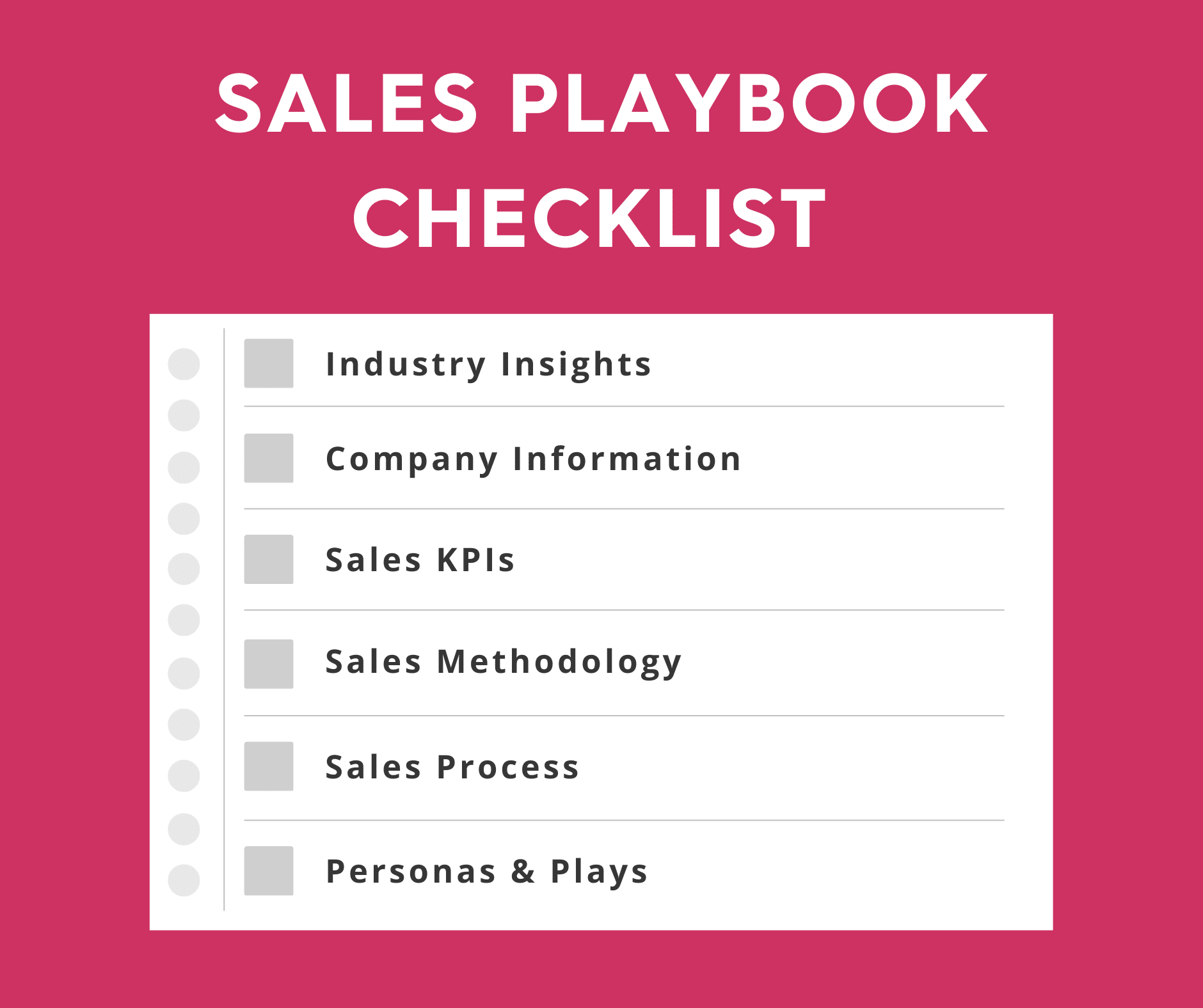2023 is here and growth strategies are being scrutinized and finalized. Implementing a post-acute sales and marketing strategy takes time. The process of analyzing, planning, testing tactical execution plans, and preparing for industry headwinds are resource intensive.
In addition, post-acute sales and marketing strategies are circular – never linear – which requires your team to adjust plans as necessary to help your organization become the top referral destination in your market.
As you think about the ideas discussed in this article, keep in mind that these topics aren’t solely tied to 2023 and can be applied to your growth marketing strategies in years to come.
Strategic business planning
A crucial consideration in creating your post-acute sales and marketing strategy is aligning it with the overall vision and strategic direction of your organization. For example, your company may be focused on growing organically through increasing market share, exploring new markets, targeting a specific patient type, or increasing overall utilization of post-acute services. Whatever your path for growth may be, defining a strategy always comes first.
When creating said strategy, start by gaining a full understanding of your market and how you can best compete for market share.
Ask internal questions such as:
- How is utilization trending in my market?
- How do we compare?
- Who are the biggest referral sources in our market?
- Who are our biggest competitors?
- How do we stand out?
The best way to answer the above questions is to have access to the most recent market data. With high-value market data, you and your team can identify opportunities, leverage your organization’s strengths, research your competitors, and see where improvement can be made. This data is vital for growing your market and becoming the preferred provider.
You don’t want your sales reps calling on referral sources blindly hoping that they are reaching the highest value targets. Instead, give them the best opportunity to be successful, without the data to inform your go-to-market plan, you could end up wasting your sales reps’ time, wasting the referral sources’ time, and failing to achieve your growth goals.
Additionally, your growth strategy should identify the “personas” you will target. Think of a persona as a customer profile. Said differently, in each referral source segment, consider the professional roles that refer to or influence referrals to post-acute care? What are the characteristics of those roles? What experience do they typically have? What motivates them to refer?
Sales planning
Now that you’ve created an overall growth strategy, you can focus on establishing an account-based sales plan to ensure your reps have an individualized approach to each referral source.
Sales planning can sometimes be an often-overlooked function. It takes time and entails digging deep into your targeted accounts, organizing them into manageable territories, assigning the right rep, and creating a plan for each account that leverages your organization’s strengths
It is helpful to create a visual system to see which referral source targets have the potential to become high-value accounts and which ones may not be the best fit for your organization.
Yes, it’s okay to walk away from accounts that will not add value to your agency.
To keep it simple, start by plotting your referral opportunities on a chart, such as the four-quadrant market assessment tool.
The four-quadrant market assessment tool is an easy – and effective – tool to organize targeted referral sources and plan your approach.
When plotting referral targets on the chart, it’s crucial to remember the X- axis represents the opportunity or volume of patient referrals the targeted account influences, and the Y-axis signifies your share of that volume.
 The four quadrants represent:
The four quadrants represent:
- Quadrant 1 – high opportunity, high share
- Quadrant 2 – low opportunity, high share
- Quadrant 3 – low opportunity, low share
- Quadrant 4 – high opportunity, low share
Once each referral source has been plotted, you can easily see the approach you need to consider with each of the accounts.
As represented in the graphic above,
- Quadrant 1 – protect and grow
- Quadrant 2 – re-evaluate
- Quadrant 3 – consider walking away
- Quadrant 4 – grow
From here, your Sales Playbook should guide your reps.
Selling post-acute services today requires high quality interactions with referral sources that demand solutions proven to address their needs. And driving consistent referrals requires sales reps to navigate those interactions with ease.
How does your organization support your salesforce through the sales process? What proven strategies, or “plays” do you teach your salesforce? How do you quickly ramp up new hires, and inform the sales force of changes? Do you have a Sales Playbook that addresses all these questions?
 An effective sales playbook includes:
An effective sales playbook includes:
- Industry Insights
- Company Information
- Sales KPIs
- Sales Methodology
- Sales Process
- Personas & Plays
Updated regularly, and used consistently, a sales playbook will empower sales reps to appropriately engage referral sources.
If you don’t have a sales playbook, or the pieces of your playbook are disorganized, incomplete, or unstructured, start the process of building a standardized, effective, and dynamic playbook today. Start by assembling a group of successful sales reps and leaders and determining what will go in your playbook.
The list above are key elements, but what’s missing for your organization? Once the list is determined, create work groups to pull content together and develop each section. Start simple. Use what you have and iterate over time to perfect your playbook. And then leverage your playbook to enable our salesforce to succeed.
Your sales playbook, territory design, and account level strategies are all essential components of sales planning. And while sales planning will look a little different in every organization, it should always be a standard practice.
Once a growth strategy and a sales plan are in place, you’re ready to execute and drive results.
Sales execution
Successful sales execution not only relies heavily on having the right sales reps in the right position but also on setting clear expectations and direction for your team. Don’t overcomplicate it. Stick to the fundamentals of sales: activity, audience, and messaging.
Focus on protecting rep time to ensure they’re in the field during the most critical selling hours. Help reps establish an activity cadence that optimizes their time – allowing them to make as many quality sales calls as possible – while also distributing that time appropriately across their accounts.
You’ve done the hard work to define your target accounts. Now help your reps perfect their messaging. Successful execution relies on delivering the right message to those target accounts. Effective messaging is more than talking about your organization – it’s connecting with the customer, understanding the customer, and solving problems for the customer.
It requires striking the right balance of art and science. Strong interpersonal communication skills and a genuine interest in understanding and helping others, paired with a proven sales process and data driven solutions should be pre-requisites for a sales position.
As a leader, constant monitoring and coaching is non-negotiable. Successful sales leaders closely monitor the correlation between rep activity and account performance, and know when to change course, or coach reps through a behavior change. Are you confident in your organization’s sales execution? How do you ensure your sales team is executing well?
Post-acute sales and marketing support
Sales reps can and will drive their own success, but it’s important to give them the support they need to set themselves up for success.
Sales leaders and reps need to be equipped with the right tools to successfully execute their strategies to create meaningful connections with high-value referral sources.
A few tools that can help support your sales teams are:
- High-quality market data
- Mobile CRM
- Continuing education courses
- Marketing messaging and collateral
- A sales playbook
Hold your sales reps accountable and ensure they are set up for success by establishing and measuring Key Performance Indicators or KPIs for your team.
Sales roles are largely autonomous, but that doesn’t mean accountability should be. Sales reps must understand what is expected of them and how you will measure their success.
Below are a few examples of common KPIs to track and measure:
- Monthly sales tracking
- New and existing referral growth
- Average time to conversion/admission
- Annual sales volume
KPIs are essential for sales teams as they can track and monitor how your sales reps are performing, what they can improve on, and how close they are to hitting their goals.
So how can you keep track of your KPIs and your sales team’s success? Most commonly, sales teams utilize a Customer Relationship Management or CRM platform. By implementing a CRM, you’re giving your reps the ability to keep track of their appointments, call notes, daily activities, and so much more.
Even more, if your CRM is mobile-ready, your reps can not only track tasks and to-dos on-the-go, but they should be able to easily log activities and track expenses, which helps agencies better measure ROI.
From the sales leaders’ standpoint, it allows you to implement your sales strategy by assigning key accounts by rep and by territory. In addition, you will gain visibility into your team’s activity to ensure your goals and KPIs are being met.
Overall, a CRM should help your team increase efficiency, engage in better sales conversations, and provide the insights for you to make data-informed business decisions.
No matter the size of your agency, a formal onboarding process and development plan for your sales force is critical. It can be a simple plan, that can be built over time, but there must be an intentional focus on supporting the sales team down the path of success.
Even with the best strategies and plans, your organization won’t hit its growth targets without the appropriate support for the sales team.
Prepare for post-acute industry headwinds
Even if a sales team has all the support in the world, oftentimes sales teams face challenges that aren’t in their control and can disrupt daily tasks and activities.
However, there is one challenge that you and your team can prepare for and stay ahead of with the tools that support your team and that is – sales force turnover.
Sales force turnover has created chaos for sales teams throughout the post-acute industry in recent years. If your team isn’t prepared for it – the impact can severely hurt your organization – and make it harder to implement strategies due to the process of onboarding new reps and re-building referral relationships.
Without the right preparation, sales force turnover can:
- Impact recruiting time and expenses
- Fracture customer relationships
- Decrease referral sources and revenue streams
- Create opportunity for competitors to steal market share
It’s essential for you to have the right tools implemented in place – like a CRM and high-quality market data – to ensure your customers are being taken care of if their sales rep leaves, to easily onboard new sales reps, and to stay up to date with referral sources so you can stay ahead of your competitors.
Remember: Your post-acute sales and marketing strategy is circular, never linear
The top takeaway from this article is to remember that your post-acute sales and marketing strategy is fluid and circular. You and your team are constantly evaluating ideas and processes to see where your sales reps can improve and succeed.
Have regular strategic discussions with your team to ensure that everyone is on the same page, understands the goals set for this year, and prepares for challenges that may arise and affect your growth marketing strategy and your organization.
To learn more about how to create a successful post-acute sales and marketing strategy check out our webinar series here!














